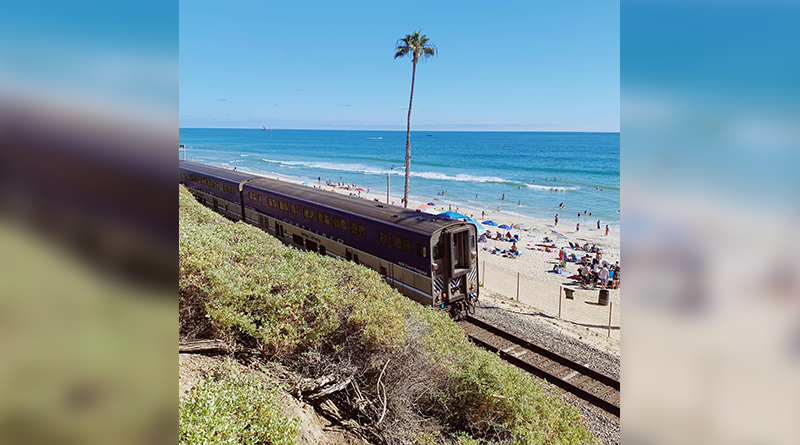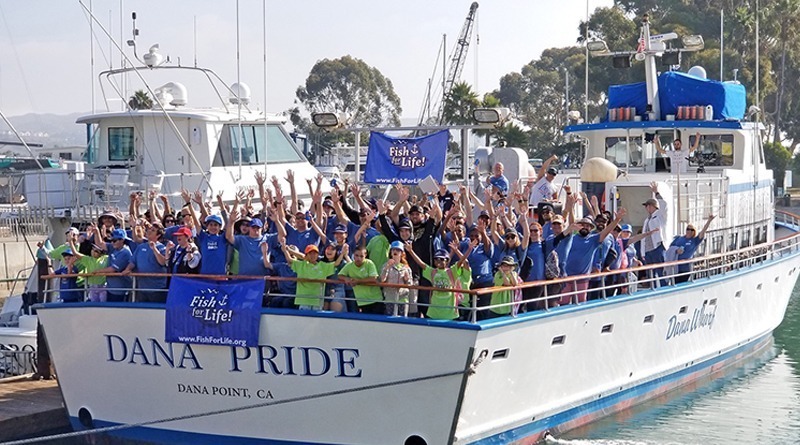NORTH AMERICA— A recent study conducted by Nature Communications suggests melting glaciers in western North America are creating new habitats for salmon.
“Although decreases in summer streamflow and warming freshwater is reducing salmon habitat quality in parts of their range, glacier retreat is creating new streams and lakes that salmon can colonize,” said the study. “However, potential gains in future salmon habitat associated with glacier loss have yet to be quantified across the range of Pacific salmon.”
Glacial retreat through the year 2100 poses benefits to salmon but also warns of the need for forward-looking management, decision making, and conservation planning. A glacier will retreat when its terminus (the end of a glacier at any point in time) does not extend as far down the valley as it previously did.
The study projects that by the year 2100, glacier retreat will create 3,818 miles of new streams accessible for colonization by Pacific salmon, of which 1,200 miles have the potential for spawning and juvenile rearing within 18 sub-regions.
“While Pacific salmon abundances have shifted from region to region over decades to centuries in response to climatic variability, ocean heatwaves, low summer water flows, and excessively warm water temperatures are currently stressing many wild salmon populations,” said the study.
The study cautions that predicting locations of emerging salmon habitats is imperative because while such climate change may present opportunities for salmon, it also creates prospects for large-scale resource extraction industries such as mining, which have the potential to impair these emerging salmon habitats.
Research for the study was funded by the Gordon and Becky Moore Foundation and ultimately identified 315 retreating glaciers at headwaters of present-day streams that will create salmon-accessible streams—estimating a 10 percent stream gradient threshold for upstream salmon migration, and 603 glaciers assuming a 15 percent stream gradient threshold.
Even one kilometer of a stream can boost salmon habitat and produce 500 to 1,500 juvenile Coho salmon. Accordingly, with thousands of miles of new habitat being created from glacier retreats, there is potential to produce hundreds of thousands to millions of additional juvenile salmon, depending on the species, according to the study.





